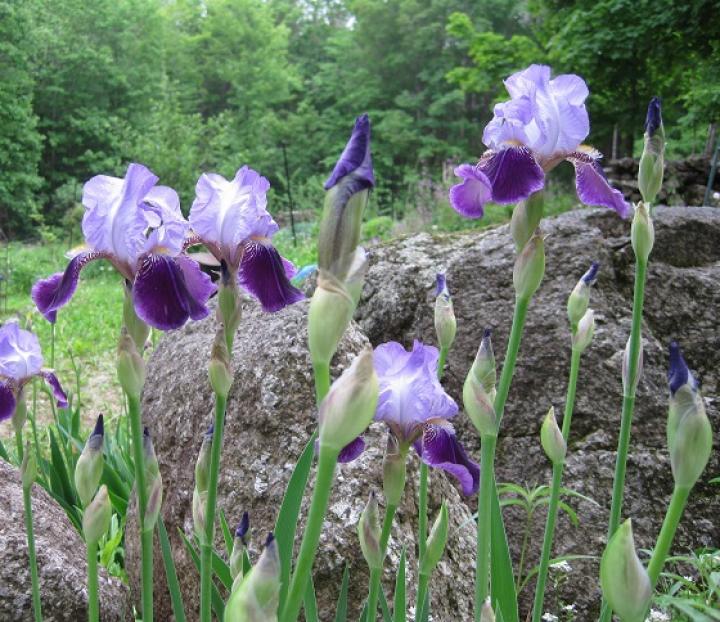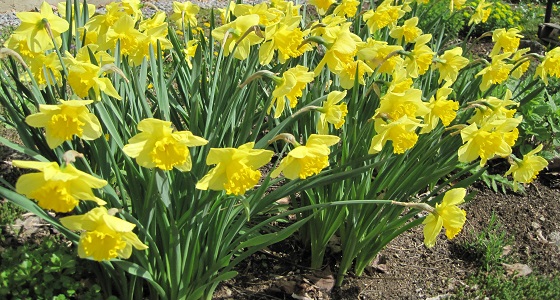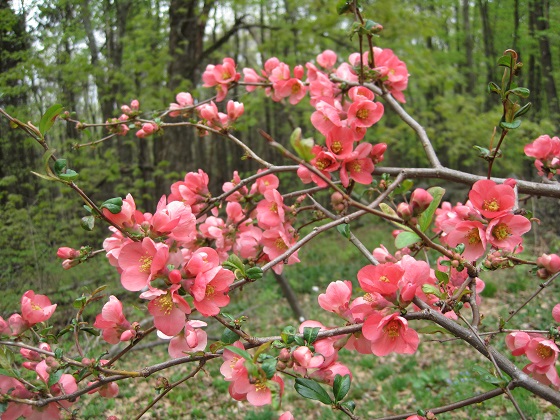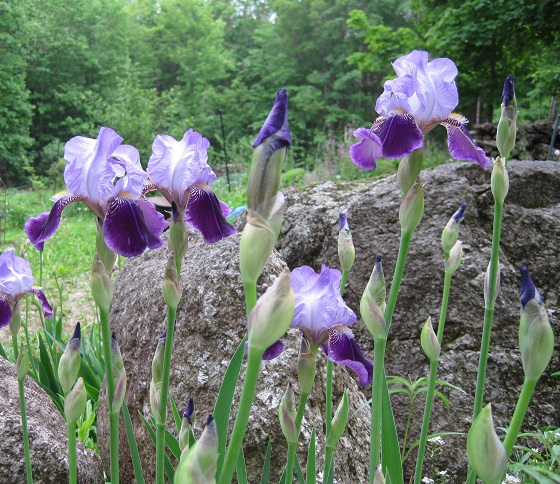





 Robin Sweetser
Robin Sweetser
For centuries, farmers took their cues for planting times from observing what’s happening in nature—such as bird migration, the emergence of insects and amphibians (like peepers), and the flowering of native plants.
WHEN: This Saturday, March 19 at 2PM PDT / 5PM EDT / 21:00 UTC
Join the Almanac editors for a live webcast of the equinox—feeding right to your computer.
Click here for LIVE SHOW this Saturday!
Watching for nature’s signs is called “phenology”, from the Greek for the” science of appearances”.
Trees, shrubs and flowers are sensitive to temperature and daylength and develop on a regular schedule based on local conditions.
It only makes sense to use them as indicators of when the weather is right for planting. Observations made over many years have led to some fairly reliable conclusions.
Nature’s “signs” are different in every region, however, you should still relate to these examples:




While not totally foolproof, following nature’s clock helps us tune in to the rhythm of life around us.
What are some signals where you live?
~ By Robin SweetserGet inspired by Robin Sweetser's backyard gardening tips. Robin has been a contributor to The Old Farmer's Almanac and the All-Seasons Garden Guide for many years. She and her partner Tom have a small greenhouse business and also sell plants, cut flowers, and vegetables at their local Farmer's Market.
Copyright © www.100flowers.win Botanic Garden All Rights Reserved